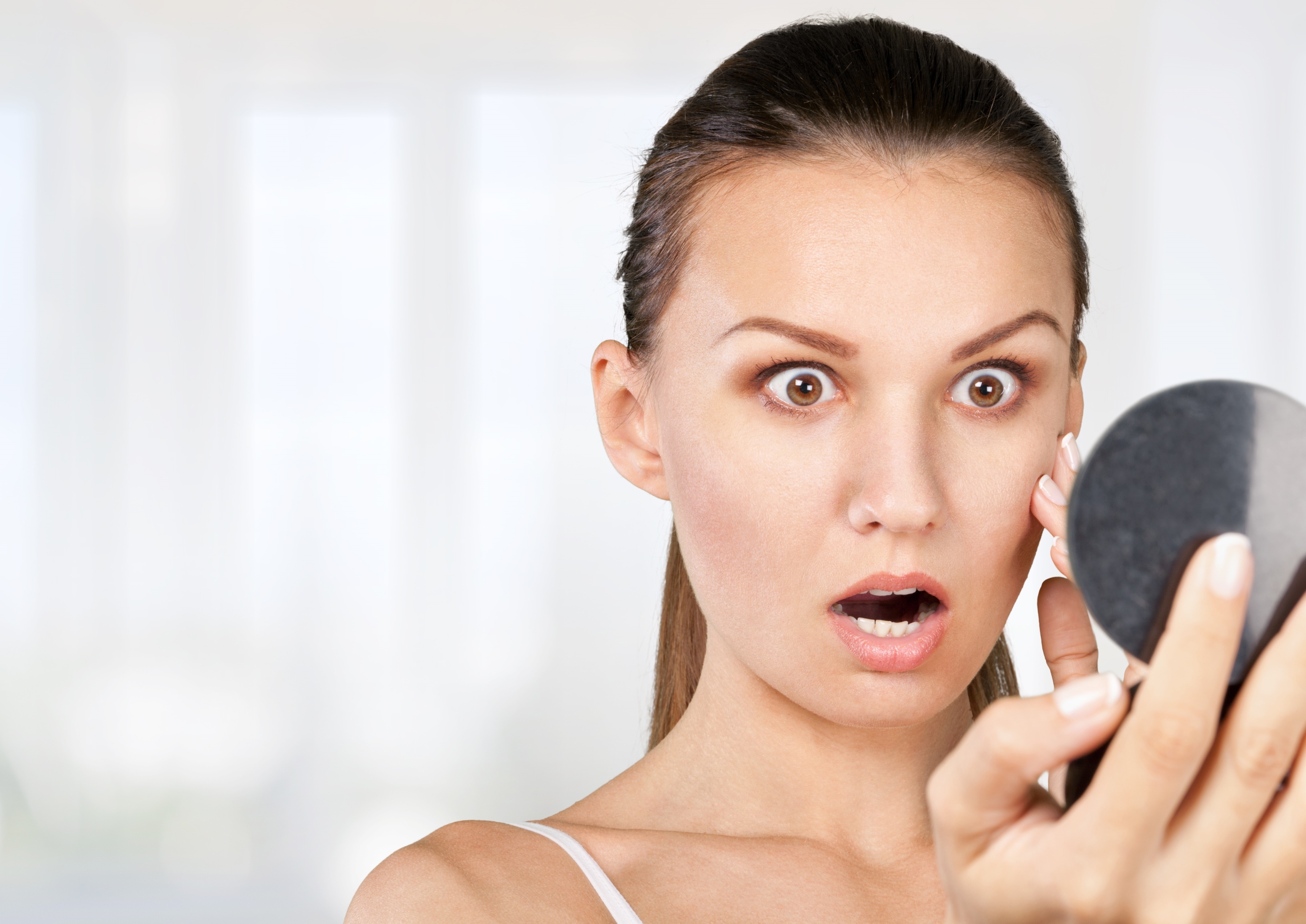Rosacea in residents has become a major source of concern for top Ballantyne dermatologists. The condition, which is also called acne rosacea, is a common skin condition that involves the appearance of redness and blood vessels on your face. This redness is accompanied by small pus-filled bumps. It looks so similar to acne that it is usually mistaken for acne. It is common among middle-aged women although anyone can get affected.
It is a very serious case because it has no cure. However, there are treatments that help control the redness and reduce the appearance of the bumps. There are various risk factors that contribute to getting this condition:
- Being over aged 30
- Smoking or taking drugs
- Having sunburnt skin
- Having a family history of this condition, and
- Drinking alcohol
Types of rosacea
- Erythematotelangiectatic Rosacea (ETR)
This is the first type of rosacea and the most common of all the types. It has its name because it is categorized by skin redness (erythema), spider veins (telangiectasia), and flushing. ETR is caused by the increase in the flow of blood to the face.
It is triggered by sunlight, stress, or alcohol intake. Spider veins refer to the tiny blood vessels that become visible on the face, over time.
ETR can be really embarrassing, especially when it is so much on the face. It is also inflamed with a burning sensation that stings. ETR affects the cheeks, nose, and forehead. It can also affect the neck and chin.
- Papulopustular rosacea
It is also known as ‘Inflammatory Rosacea’. Unlike the ETR, this one has red bumps (papules) and pus-filled spots (pustules). It also reddens the skin. Papulopustular rosacea is more chronic in appearance than ETR. However, it resembles acne but can’t be classified as acne because it is not caused by excess oil on the skin.
Like ETR, it burns and stings. But it can be treated with topical and oral medications prescribed by a professional medical dermatologist. Papulopustular rosacea develops more commonly in adults and develops on the face. If it is not treated well, it spreads to the chest, shoulders, and neck.
- Phymatous rosacea
This type of rosacea causes the face to thicken. Different thickened parts of the face like the chin, forehead, and nose are called Gnathophyma, Metophyma, and Rhinophyma respectively. Rhinophyma is more common than the other parts. To treat this one, you should meet your dermatologist to perform a laser procedure that will help remove the excess tissues from your face. Your dermatologist would also prescribe the right medications for you.
- Ocular Rosacea
Just like the name, ocular rosacea affects the eyes. It causes the eye to be red and inflamed in areas that surround the eye, as well as on the eyelids and inside the eyes. This causes itchiness in the eyes, thus causing watery eyes, irritation, and burning.
In extreme cases, ocular rosacea causes blurred vision and photosensitivity. The eyes may feel dry, with cysts growing around the eye area.
Best Charlotte dermatologist
Rosacea cannot be cured but it can be treated and managed especially when detected earlier. Don’t assume anything when you notice symptoms. Instead, book an appointment with a professional medical dermatologist.
The best medical dermatologist in Charlotte offers advice on how best to maintain your skin, prevent rosacea, and treat it. Contact Dermatology Specialists of Charlotte, Charlotte’s top Ballantyne and Blakeney Dermatologist, for your dermatology care.

